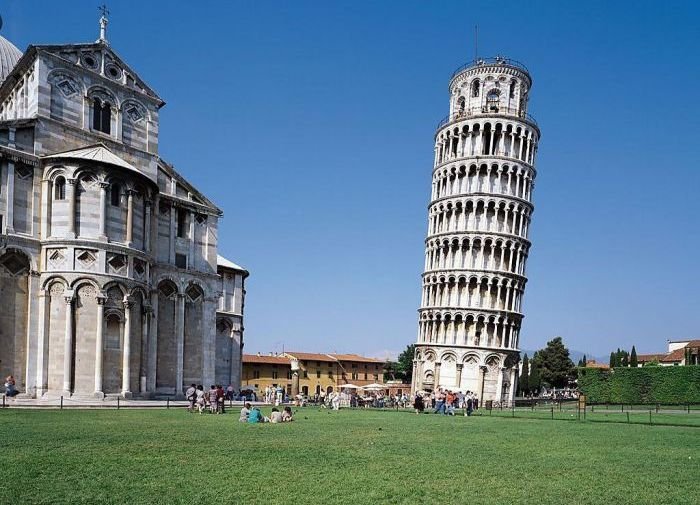
. (Ellipsis) Meaning: The three dots (…), also known as an ellipsis, indicate the omission of words, phrases, or lines of text. Usage: * To omit unnecessary or repetitive information: – “I bought a new dress… it’s beautiful!” * To create suspense or emphasize a point: – “The woman in the shadows… her eyes were piercing.” * To indicate a pause or hesitation: – “Well, I don’t know… maybe we should just wait.” * To suggest a continuation of thought: – “There are many reasons to be grateful… for our health, our loved ones, and the beauty of the world.” * To quote a text with omissions: – “In the words of Shakespeare, ‘To be or not to be… that is the question.'” Punctuation Rules: * Use a single space before and after ellipses. * When ellipses end a sentence, they replace the period. * When ellipses fall within a sentence, they are preceded by a space and followed by a comma, period, or semicolon, as appropriate. Examples: * “I’m so tired… I’m going to bed now.” * “The crowd cheered… it was a thrilling victory.” * “My favorite poem begins with the words, ‘I have a dream…'” * “The teacher hesitated… then announced the test results.” * “There are many ways to show gratitude… through acts of kindness, words of appreciation, and simply being present for those we love.”The Ellipsis: A Pause for ThoughtThe Ellipsis: A Pause for Thought In the realm of written language, the ellipsis (…) is a potent symbol, capable of conveying a multitude of thoughts and emotions. This enigmatic punctuation mark, consisting of three consecutive periods, invites the reader to pause and reflect upon what has been said and what is yet to come. Unveiling the Ambiguity: The ellipsis is a master of ambiguity, leaving the interpretation of its meaning largely to the reader’s imagination. It can suggest a deliberate pause, a trail of unfinished thoughts, or even a sense of mystery. Consider these examples: * “I’ll tell you later…” (A promise hanging in the air) * “She stared at the painting, her thoughts drifting…” (A glimpse into the depths of contemplation) * “The killer whispered, ‘I know your secret…'” (A chilling revelation shrouded in suspense) Creating Emphasis and Anticipation: By introducing a moment of pause, the ellipsis can draw attention to a particular word or phrase. It builds anticipation and leaves the reader eagerly awaiting the resolution or conclusion. For instance: * “The door creaked open…” (A chilling prelude to what lies ahead) * “The prize…a lifetime of happiness” (A tantalizing glimpse of a longed-for dream) Echoes of the Unspoken: In certain contexts, the ellipsis serves as a powerful substitute for unspoken words. It hints at thoughts or emotions too profound or complex to be directly expressed. In an exchange between two lovers: * “I want to say something…” * (Ellipsis) A Window into the Subconscious: Psychologists have theorized that the ellipsis can provide a glimpse into the writer’s subconscious mind. By pausing and considering what might have been omitted, readers can gain insight into the author’s true intentions or the motivations of characters. A Tool for Creative Writing: In the hands of skilled writers, the ellipsis becomes a versatile tool for creating atmosphere, building tension, and evoking a myriad of emotions. It can add depth to dialogue, enhance the reader’s engagement, and subtly guide their interpretation. Conclusion: The ellipsis, with its enigmatic presence and multifarious interpretations, is an indispensable punctuation mark in the world of writing. It invites us to pause, to reflect, and to explore the depths of our imagination. Its ability to convey both the spoken and the unspoken makes it an essential tool for writers seeking to evoke a range of emotions and create lasting impressions upon their readers.
Topic: Climate Change Impact on Coastal Communities Body: As the planet grapples with the intensifying consequences of climate change, coastal communities worldwide face alarming threats. Rising sea levels, amplified by melting glaciers and polar ice caps, are putting coastal infrastructure, homes, and livelihoods at risk. In recent years, devastating storms have become more frequent and intense. Super hurricanes and cyclones have unleashed record-breaking rainfall and wind speeds, causing catastrophic flooding and widespread destruction. Coastal towns and cities have been particularly vulnerable, with entire neighborhoods washed away by storm surges. Erosion is another significant threat. Rising sea levels are eroding beaches and coastlines, threatening coastal properties and disrupting natural ecosystems. As the shoreline retreats, salt water intrusion can contaminate freshwater sources and ruin agricultural land. The impacts of climate change are not just physical but also economic and social. Coastal communities rely heavily on tourism, fishing, and other industries that are vulnerable to climate change. Rising sea levels and storms can damage infrastructure and displace residents, leading to lost jobs and economic decline. In addition, coastal communities often face a unique set of cultural and environmental challenges. Many coastal towns have a rich history and cultural heritage that is tied to the ocean. Climate change threatens to destroy these cultural treasures and disrupt the way of life for generations to come. To address these threats, coastal communities are implementing a range of adaptation and mitigation strategies. These include building seawalls and other coastal defenses, elevating structures, and restoring wetlands. However, these measures are often costly and require significant funding. Collaboration between governments, scientists, and local communities is crucial to addressing the challenges posed by climate change. By investing in adaptation and mitigation efforts, we can help protect coastal communities and preserve their unique cultural and economic heritage.
Posted inNews